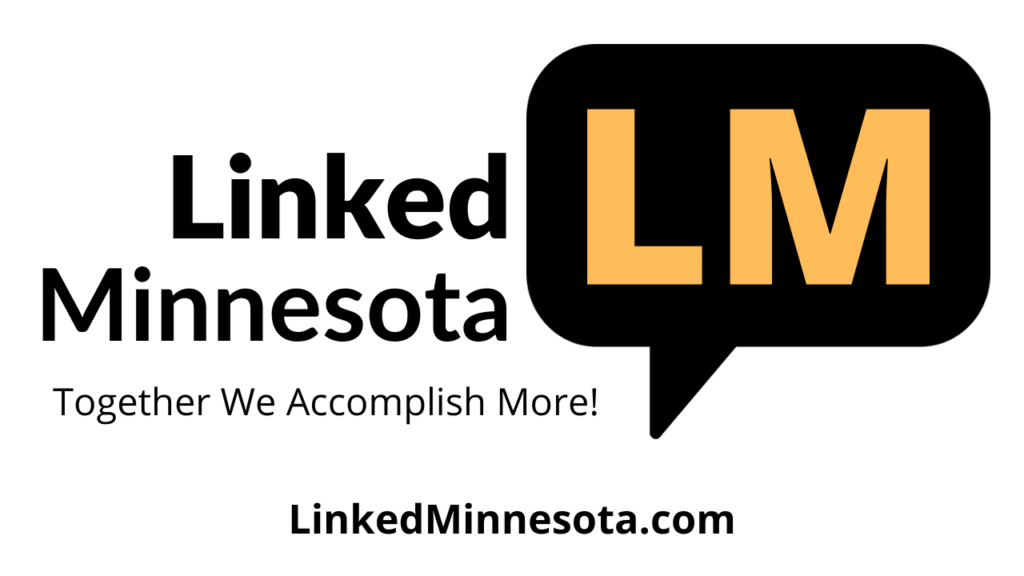TheSynergyCafe.com
HOST: MagicBrad
GUEST: John Armstrong
WATCH FULL SPECTRUM FRIDAY VIDEO 1 of 9 – HERE
Balancing SMART Goals and Inspiring Flexibility: A Guide to Effective Leadership
In today’s fast-paced world, the ability to balance structured goal-setting with adaptive flexibility is critical for effective leadership. As leaders, we are often encouraged to set SMART goals—Specific, Measurable, Achievable, Relevant, and Time-bound—because they provide a clear roadmap for success. However, rigidly adhering to these goals can sometimes limit our ability to adapt to new opportunities or challenges. The key lies in finding the balance between the discipline of SMART goals and the creativity of flexibility.
The Power of SMART Goals
SMART goals have become a cornerstone of project management and personal development for a reason. They allow leaders to:
- Clarify Objectives: Specific goals remove ambiguity, ensuring that every team member knows what is expected.
- Track Progress: Measurable goals allow for monitoring progress and making adjustments when necessary.
- Maintain Focus: Achievable goals keep teams focused on realistic outcomes that can be accomplished within given constraints.
- Align Efforts: Relevant goals ensure that everyone is working towards a common objective that aligns with the organization’s vision.
- Meet Deadlines: Time-bound goals create a sense of urgency and help prevent procrastination.
By setting SMART goals, leaders can create a structured environment where teams know what they need to achieve and by when. This structure is essential for driving productivity and ensuring that everyone is aligned with the organization’s priorities.
The Need for Flexibility
While SMART goals provide structure, the modern business landscape is anything but static. Unforeseen challenges, market shifts, and emerging opportunities require leaders to be adaptable. This is where the importance of flexibility comes in:
- Adapting to Change: Flexibility allows leaders to pivot when circumstances change, ensuring that the organization remains resilient and responsive.
- Encouraging Innovation: A flexible approach fosters creativity by allowing team members to explore new ideas without being constrained by rigid goals.
- Seizing Opportunities: Flexibility enables leaders to capitalize on unexpected opportunities that may not have been part of the original plan.
- Boosting Morale: Allowing room for adaptability can reduce stress and increase job satisfaction, as employees feel more empowered to contribute to the organization’s success.
Striking the Balance
Balancing SMART goals with flexibility is not about choosing one over the other but rather integrating both approaches to achieve the best outcomes. Here’s how:
- Set Flexible SMART Goals: When setting goals, build in flexibility by allowing room for adjustments. For example, instead of setting a rigid sales target, create a range that accounts for market fluctuations.
- Embrace a Growth Mindset: Encourage your team to view goals as dynamic rather than fixed. This mindset promotes continuous learning and improvement, allowing for adjustments as new information becomes available.
- Regularly Review and Adjust: Schedule regular check-ins to assess progress toward goals. During these reviews, be open to modifying goals based on current realities. This practice ensures that goals remain relevant and achievable.
- Prioritize Communication: Maintain open lines of communication with your team. Discuss the rationale behind any changes and encourage feedback. This approach not only keeps everyone on the same page but also fosters a culture of collaboration and adaptability.
- Balance Structure with Creativity: While it’s important to have clear goals, don’t stifle creativity. Encourage your team to think outside the box and explore new ideas that may lead to innovative solutions.
Conclusion
Balancing SMART goals with inspiring flexibility is an art that every leader must master. By integrating the structure of SMART goals with the adaptability of flexibility, leaders can create an environment that is both productive and innovative. This balance allows organizations to stay on track while remaining agile enough to navigate the ever-changing business landscape. In doing so, leaders not only achieve their objectives but also inspire their teams to reach new heights.
Finding this balance is not always easy, but it is essential for long-term success. By fostering a culture that values both discipline and creativity, leaders can guide their organizations toward a future filled with both stability and innovation.
CONTACT John Armstrong at https://fullspectrumcoachingandconsulting.com/
.










